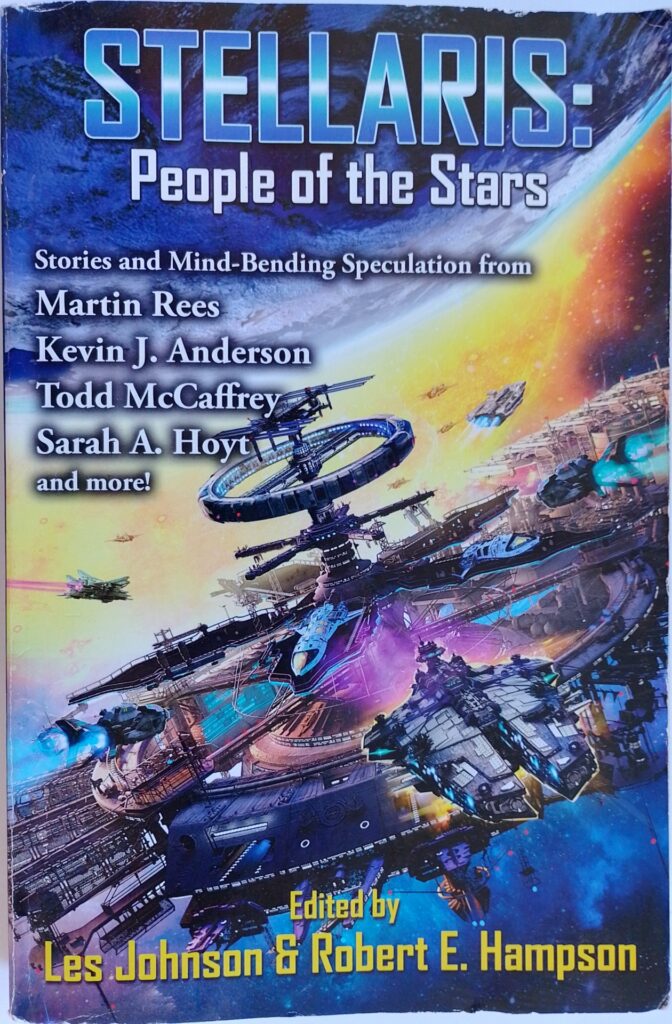First published 2019. Baen, paperback, 2019, pp 312, c.110,000 words.
This book arose out of a symposium held by the Tennessee Valley Interstellar Workshop in 2016. It is a collection of science fiction stories and essays on aspects of interstellar travel relating to how humans might adapt to allow them to flourish more easily in interstellar space, perhaps to the extend of becoming a different species, what they call Homo Stellaris – people of the stars.
The Tennessee Valley Interstellar Workshop (now the Interstellar Research Group) is a forum for people to come together to discuss these ideas, and while it started in Oak Ridge, where the USA developed its atomic weapons, it has grown to become of much wider interest, attracting participants to its annual meeting from around the world. The contents of the book reflect the eclectic nature of the subjects discussed.
There are quite a number of fiction stories here from writers like Sarah A. Hoyt and Les Johnson. They are mostly entertaining, and all explore some aspect of what it would be like to live away from Earth. As Hampson says in his Foreword, SF is ‘a sandbox in which we can experiment with ideas and concepts that are beyond current capabilities.’ Sarah A. Hoyt’s story, for example, focuses on a failing colony on a planet around a flaring star, and an encounter with an intelligent species that have adapted to conditions there. It is a quality piece of SF.
The other strand to the book are the non-fiction essays. They include a piece by Martin Rees on The Future of Intelligent Life in the Cosmos, which is a succinct summary from this professional astronomer. Another is an interesting essay on the security implications of human culture during interstellar flight, which is surprisingly interesting and covers an area which might not readily spring to mind when thinking of interstellar travel. A third excellent essay is on Biological and Medical Challenges of the Transition to Homo Stellaris. This is a no-holes-barred look at such things as gene editing to make a species that can better cope with the hazards that we will encounter away from our home planet.
For those interested in the possibility of travel to the stars this is both an exhilarating and sobering read. Some of the fiction is minor, but all convey thought provoking ideas.
© William John Graham, June 2022

